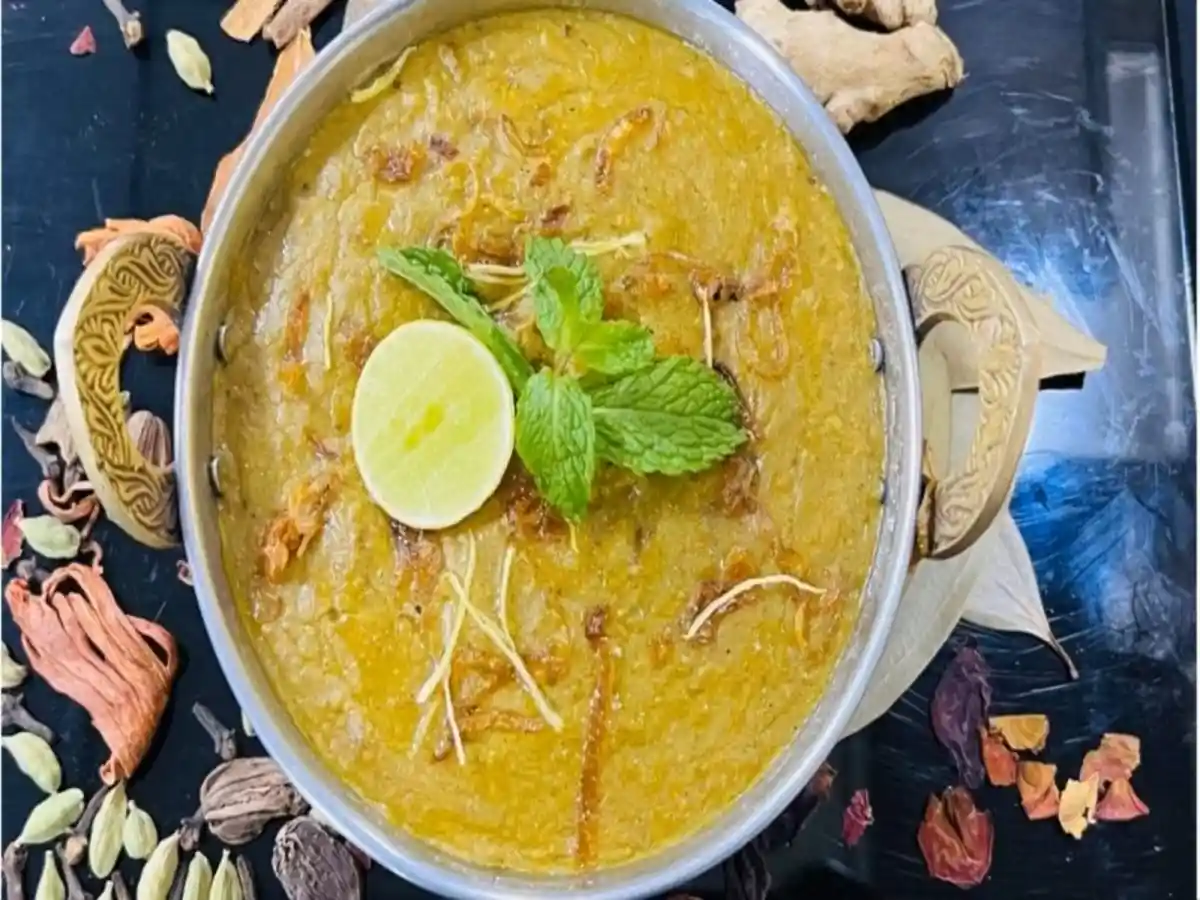The Timeless Legacy of Hyderabadi Haleem
For most Hyderabadis, Haleem is more than just a dish. It's an expression and a proud symbol of their city's rich history. The story of Haleem takes us to the glorious era of Nizams in the bustling city of Hyderabad, where culture and history whisper tales of unity and fusion.

Hyderabadi Haleem is influenced by Harees, an Arabic dish | Hindustan Times
Hyderabad, the city of Nizams, is known for many things, but its cuisine certainly tops the list. Hyderabadi culinary culture is an amalgamation of Mughal, Arabic, Turkish, and Telegu influences. Haleem is one of the many legendary dishes that took birth amidst the cosmopolitan landscape of Hyderabad.
The origins of this unique dish can be traced back to 'harissa' or 'harees', an Arabian recipe made by beating wheat into a paste and cooking it with meat and spices. This dish was first mentioned in Saif al-Dawlah Al-Hamdani's Kitab-al Tabikh, also known as 'The Book of Recipes', written in the 10th century. Harees supposedly found its way to India with Arab immigrants, where it got localised and became Haleem. The 16th-century Ain-i-Akbari of Abul Fazl also mentions this dish, hinting that it had been familiar in the Mughal empire since Akbar's time. How, then, did the dish of Haleem become so popular in Hyderabad?
Legend has it that the recipe for Haleem was brought to Hyderabad by the Chaush tribe, a special category of Arabs brought from Yemen to serve as bodyguards of the Nizam. The sixth Nizam, Mahboob Ali Khan, who was ruling during that time in the 19th century, added Haleem to the royal menu. Later, during the rule of the seventh Nizam, Mir Osman Ali Khan, Haleem became a traditional dish. One of his Arab chiefs, Saif Nawaz Jung Bahadur, added a local taste and flavour to it, and with that, the popularity of Haleem soared. Far from being limited to one community or the elite circles of the Nizam, Haleem came to be identified as part of the authentic cuisine of Hyderabad. It even acquired the GI (Geographical indication) tag in 2010, making it the first meat dish to get that tag in India.
In any case, Hyderabadi Haleem is a gastronomic marvel. It combines the nutritional richness of grains like wheat, barley, and lentils with tender meat like mutton, chicken, or beef to create a thick, aromatic, porridge-like consistency. The essence of preparing Haleem is the method of slow cooking, allowing all the ingredients to intertwine harmoniously. These rich nutritional aspects and Haleem's easy-to-digest properties make it an ideal recipe for the fasting month of Ramadan. After a long day's fast, the Muslim people of Hyderabad relish this dish as part of iftar celebrations in the evening.

Haleem is the most popular iftar dish among the Hyderabadi Muslims | First Post
Additionally, different renditions of Haleem can be found in the streets of Hyderabad during the holy month of Ramadan, creating a "Haleem hopping" trend among the youth - Muslims and non-Muslims alike - in recent times. Haleem is also served on other auspicious occasions like weddings, which further shows the popularity of this dish among the Hyderabadis. In many ways, Haleem also represents the legacy of the Nizams and their strong connection with the Arabs.
Looking at the story of Haleem, it is fascinating how a dish originating in a faraway land became such a vital part of our culinary history. Then again, so is the story of many other cuisines of India, where food narrates countless stories of unity, harmony, and diversity from the ancient till modern times.


